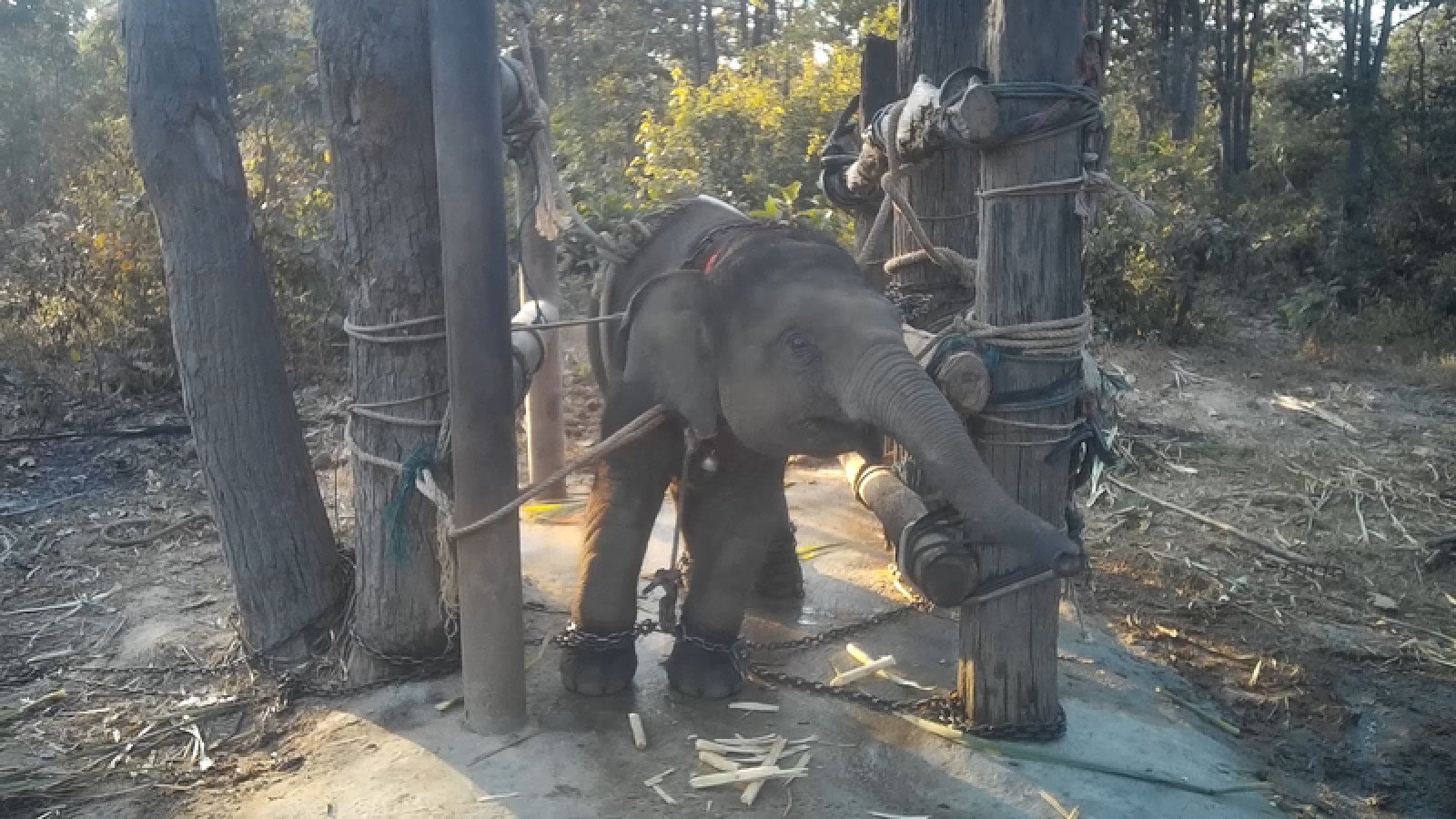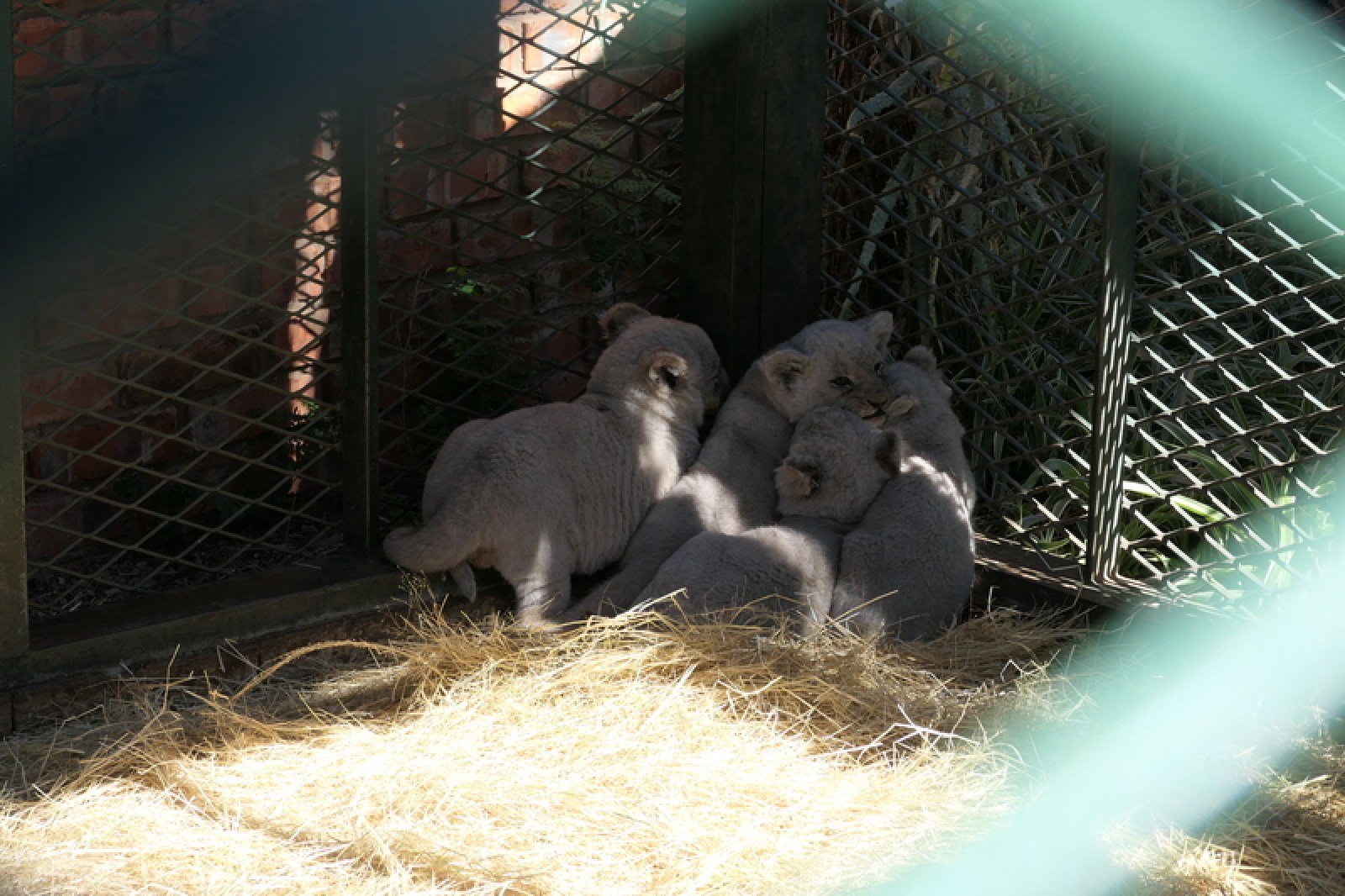Wildlife farms also put caretakers, tourists and the greater public at risk of zoonotic diseases such as Covid-19, the research found.
Because of poor hygiene, the proximity between animals and humans, and cramped conditions in such farms – some facilities house more than 50,000 animals – there is a higher chance that infectious diseases could jump to humans from animals, leading to epidemics and pandemics.
Every year, two million human deaths are thought to be linked to zoonotic diseases.
WWF report says online wildlife trade on rise in Myanmar
WWF report says online wildlife trade on rise in Myanmar
The research in British-based World Animal Protection’s report was compiled from online sources, which indicated that more than 1.27 billion animals were farmed for tourism, hunting, traditional medicine, fashion and pet-breeding purposes between 2000 and 2020.
Records from those governments prepared to provide data showed an additional 858,743 wild animals were farmed in 2021 and 2022.
But World Animal Protection estimates that the actual number of wild animals currently being farmed is much, much higher, at around 5.5 billion.

“Given that the industry is so opaque and all the obstacles we came up against trying to get hold of that research, we think 5.5 billion is very likely conservative,” World Animal Protection’s wildlife campaign director Nick Stewart told the Daily Mail newspaper.
Among the case studies highlighted in the report is the plight of elephants in Thailand, where the number of exploitative facilities grew by 134 per cent between 2010 and 2020, culminating in 246 known venues involving 2,798 elephants, that generate US$581 million to US$770 million annually.
The animals are bred, tortured to obey human commands, and trained to carry visitors, perform tricks and for other purposes, such as to be petted and fed.
Join us in saying no to the cruel farming of wild animals Wildlife is not ours to exploit, and we can all play a part in protecting animals from cruel commercial exploitation
Captive elephants experience injuries caused by saddles and restraint equipment such as chains; they also suffer from foot and nail problems due to being forced to carry tourists.
According to the report, a large number of Thai elephants in captivity are also said to suffer from psychological effects, including post-traumatic stress disorder.
Big-cat farming is another exploitative practice. In South Africa, around 8,000 lions are being bred at 366 facilities for purposes such as tourist entertainment – including interactive petting experiences – and trophy, or “canned”, hunting, where animals such as lions are confined to enclosures so they are easier to kill.
The bones of dead lions are exported to Asia for use in traditional medicine.

Bear farms are most widespread in China – where bile farming is legal – but also exist in Vietnam, Laos and Myanmar.
Many wild animals are farmed to be eaten as rare delicacies, and the pet and fashion industries are heavily involved in the exploitation. Birds, reptiles and other “exotic” animals are raised and sold as pets, while mink, foxes and ostriches are bred for their fur and feathers, the report says.

To minimise the harm caused by wildlife farming, researchers suggest that legislation and regulations should be enacted and enforced.
One solution would be for governments to ban captive breeding for profit, with those who are economically dependent on wildlife farming given the support to switch to alternative jobs. Other solutions include getting rid of “hands-on” tourist activities, establishing more funding for animal care, and raising awareness about the reality of wildlife farming.
“Join us in saying no to the cruel farming of wild animals,” urges Stewart. “Wildlife is not ours to exploit, and we can all play a part in protecting animals from cruel commercial exploitation.”







